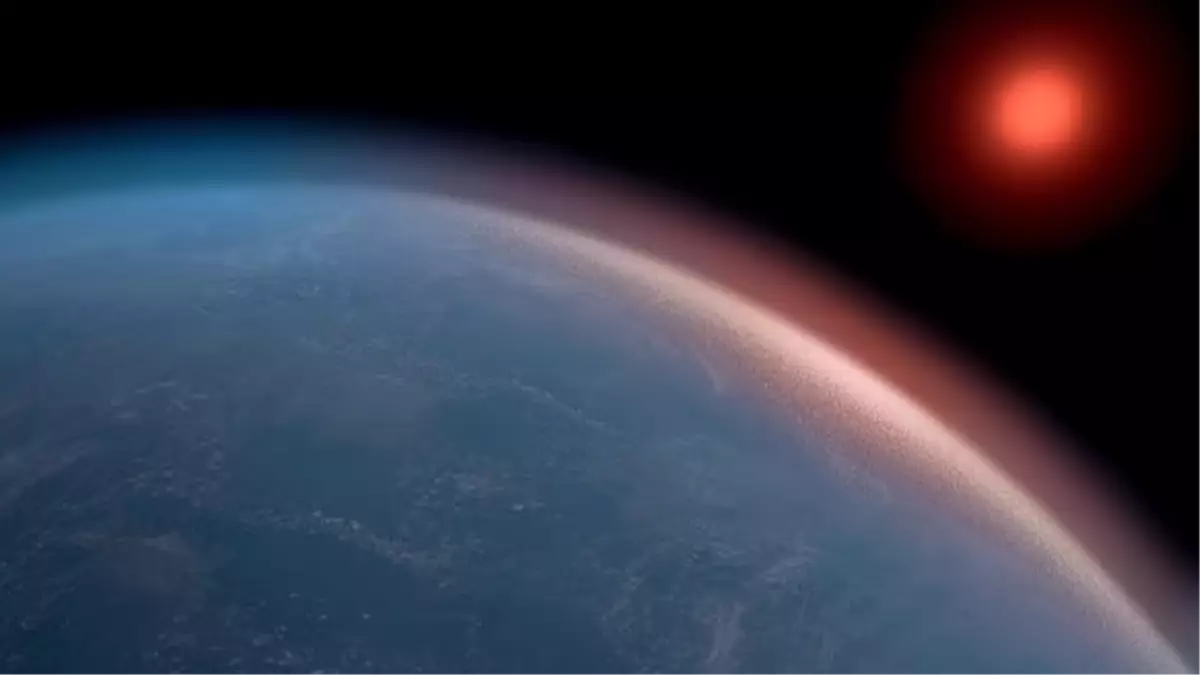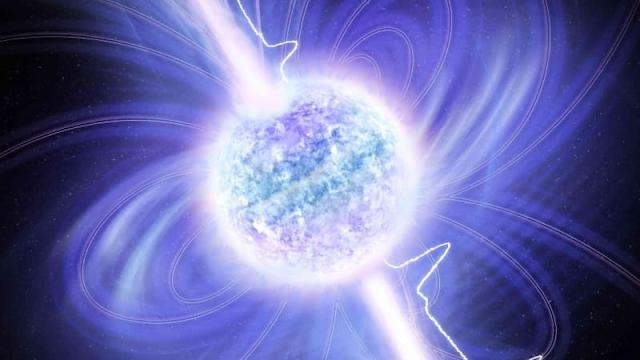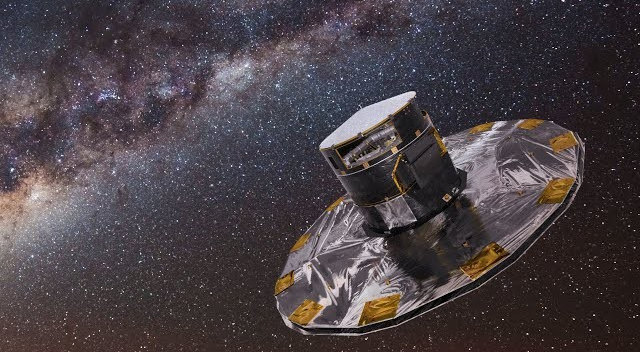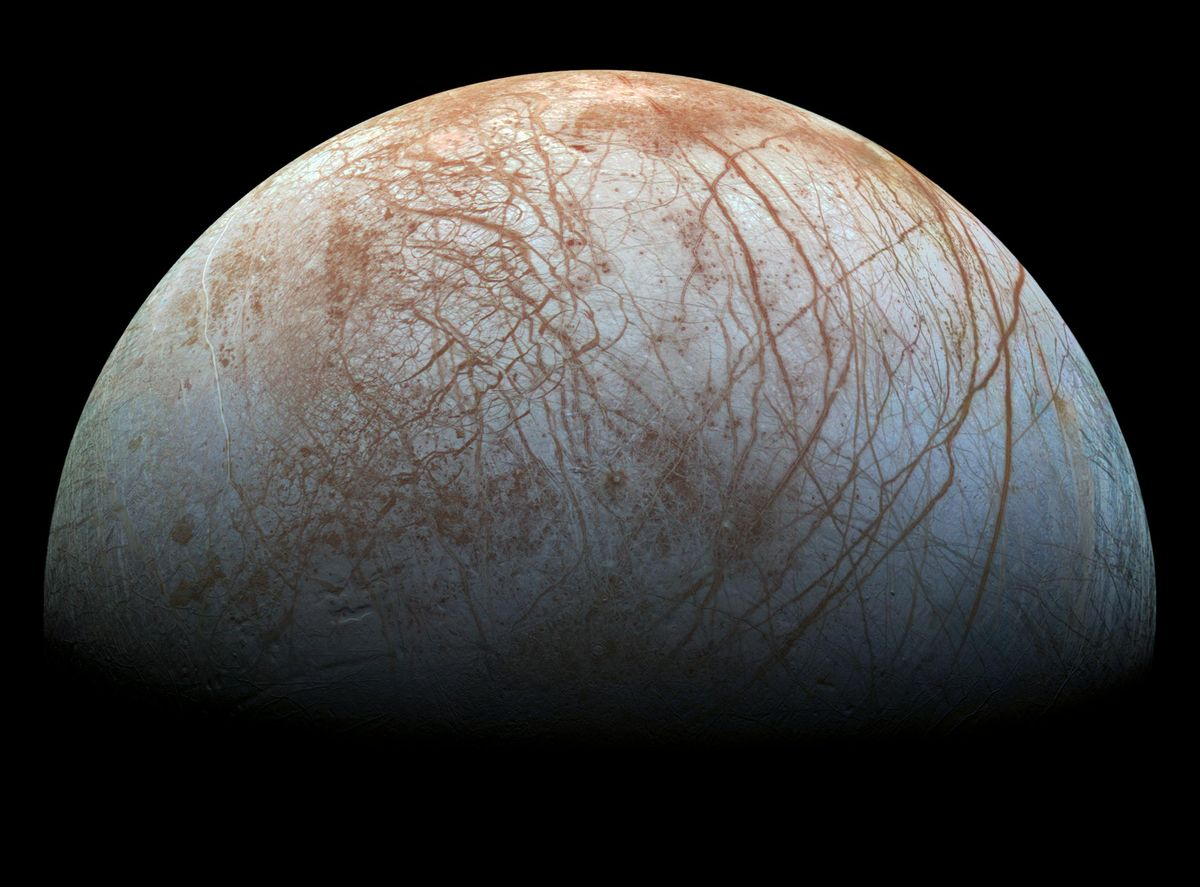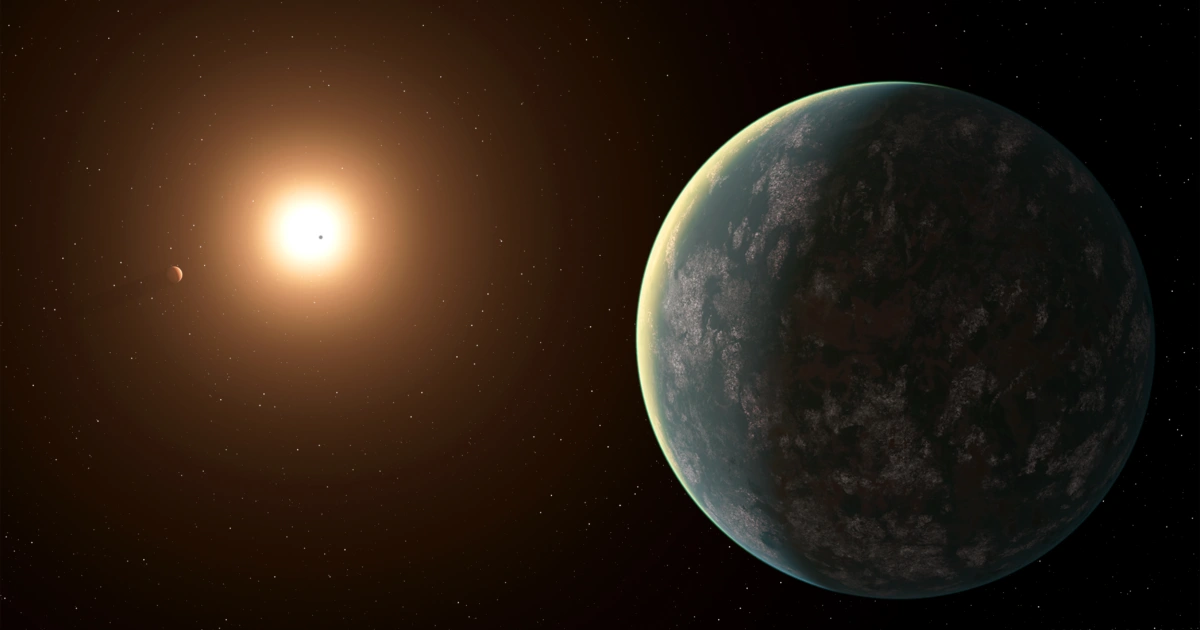K2-18b has captivated the scientific world as one of the most compelling Hycean planet candidates—exoplanets with hydrogen-rich atmospheres and subsurface liquid oceans. Observations from the James Webb Space Telescope detected prominent molecules like water vapor, methane, carbon dioxide, and, notably, dimethyl sulfide (DMS)—a compound produced by marine algae on Earth and a potential biosignature. This blend of atmospheric components underscores the expertise of astronomers in detecting chemical markers that could hint at extraterrestrial life.
For scientists, the experience of studying K2-18b is both exhilarating and methodologically sophisticated. The presence of DMS at levels 1,000 times higher than on Earth signals possible biological activity—but researchers remain cautious. Their thorough work combines spectroscopy, comparative planetary models, and stringent peer review to balance optimism with skepticism. K2-18b doesn’t just offer hope—it exemplifies how rigorous analysis and excitement can co-exist in leading-edge scientific discovery.
Maintaining authoritativeness and trustworthiness, this article draws on peer-reviewed research and credible institutional coverage. Findings were published in The Astrophysical Journal Letters and widely reported in major outlets, capturing both the scientific rigor and headline-grabbing potential of the discovery. Note that experts emphasize further observations are needed before declaring signs of extraterrestrial life, reinforcing both the wonder and restraint essential in science communication.
